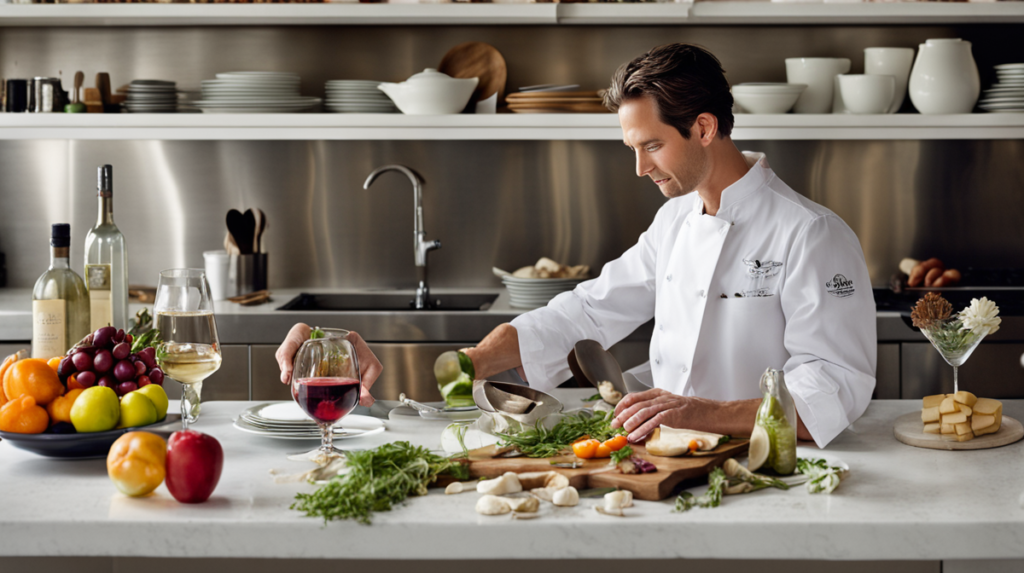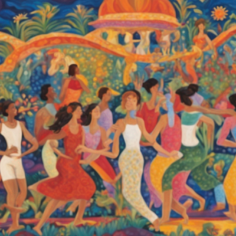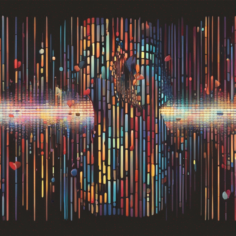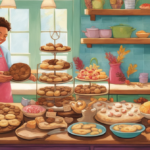
Introduction
Food: It’s not just a life necessity but also a feast for the eyes. Thanks to magazines, cookbooks and social media, we’ve all been seduced by images of delicious meals, stylized to perfection. This is the magic of food photography and styling, a niche that marries gastronomy and artistry, capturing culinary creations in the most appealing manner. But, how does it work? And what are the ‘recipes’ for striking food pictures? Let’s dish up what you need to know!
Understanding Food Photography and Styling
Food photography is more than just clicking a picture of your meal. It’s about finding a balance between visual beauty and the allure of delectability. The goal is to create an image so enthralling that viewers can almost smell, taste, or feel the textures of the food presented. Styling plays an instrumental role in accomplishing this. It involves arranging the food, props, and lighting in a way that enhances the dish’s overall visual impact without compromising its authenticity.
Equip Your Passion
Good quality camera and lighting equipment are crucial for well-composed and visually enticing food photographs. Familiarize yourself with the settings of your camera, such as exposure, ISO, and white balance to adjust according to the lighting conditions. While professional lights can certainly enhance images, natural light is a food photographer’s best friend, providing a softer, more natural look.
Composition and Styling
Composing a food photo is an art in itself. Utilize elements of art, such as lines, shapes, colors, and textures from the food and props to create a pleasing composition. The rule of thirds and using color contrasts can be helpful. Styling is where the magic happens. Using simple props, bright ingredients, and adding human elements (such as a hand or a fork), can make your food photos come alive. Always strive for authenticity and simplicity – over-styled images can often look fake and unappetizing.
Post-Production and Editing
Even the best food photographers rely significantly on post-production editing. Using software like Adobe Lightroom or Photoshop, you can adjust the colors, brightness, sharpness, and other elements of a photo to make your food stand out even more. However, remember to keep the editing minimalist, maintaining the food’s natural appeal.
Health Considerations in Food Photography
With growing awareness about healthy eating, the world of food photography is also evolving. A balanced representation showing fresh, colorful, and nutritious food can influence healthy eating habits. Seeking the advice of a nutritionist while styling food for a shoot can be a responsible and appreciated move.
Conclusion
Mastering food photography and styling is a continuous learning journey. And while the technical skills are essential, your creativity and unique style will set you apart. Keeping the focus on the appeal and authenticity of the food can help you create images that are not only visually engaging but can inspire your audience to make healthier food choices.
Last modified: 18 January 2024


















